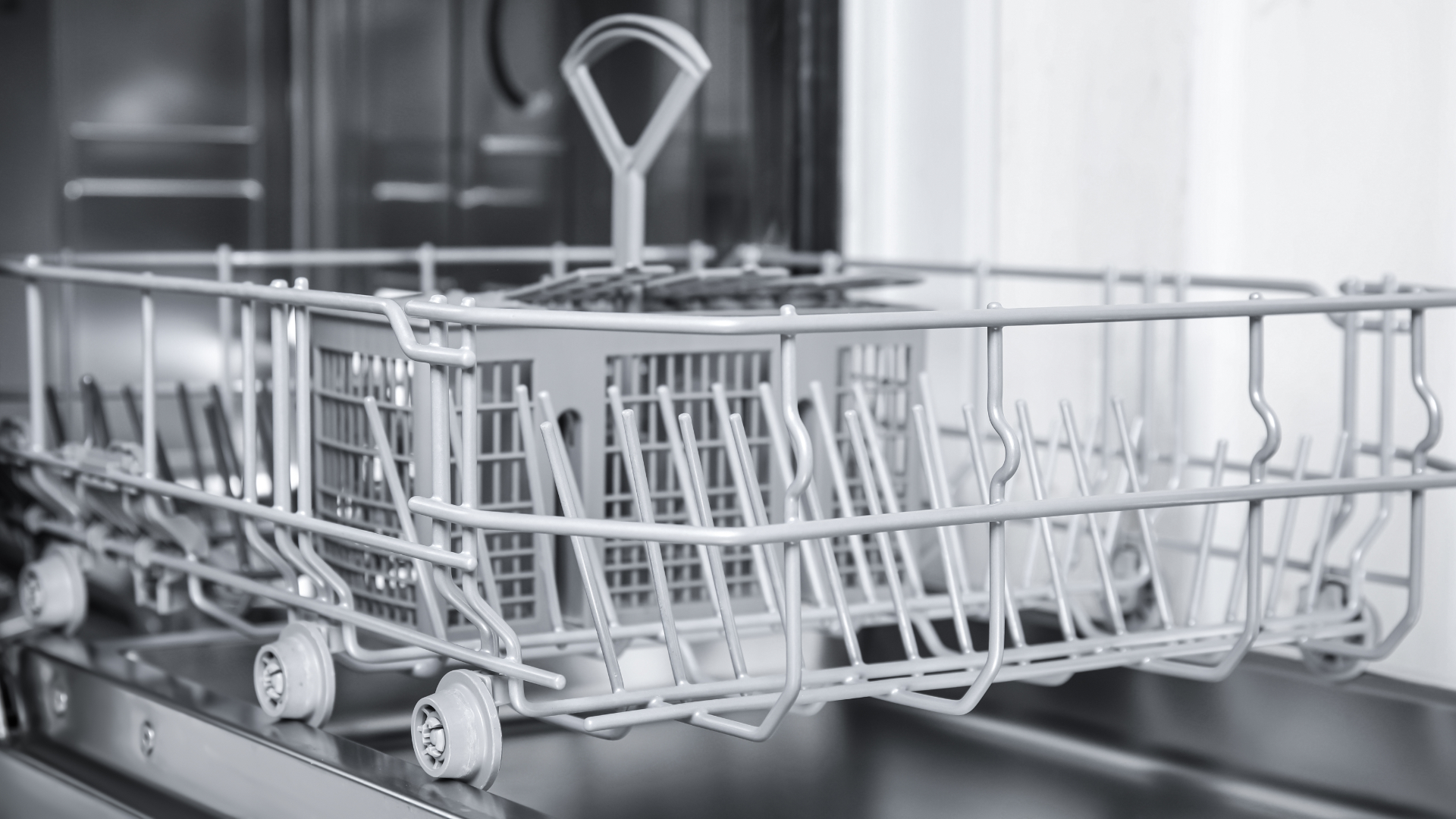
It’s always annoying when you open up your dishwasher to discover that the dishes have not been properly cleaned. Luckily, there are a few easy-to-fix reasons why this can happen. Our simple guide will walk you through the most common reasons your dishwasher is not cleaning your dishes properly and how you can fix it.
The dishwasher tablet has not dissolved
One of the main reasons why dishes remain dirty after a cycle is that the dishwasher tablet hasn’t properly dissolved. To see if this is the case, locate the tablet collecting tray that holds the dishwasher tablet and check to see if it has completely dissolved. If you are frequently having problems with your dishwasher tablet not dissolving, you can try a different brand of tablet, or try using a powder or liquid form of dishwasher detergent instead.
Incorrect wash setting
Have a look at the setting on your dishwasher. Sometimes your regular settings can be accidentally changed so that your dishwasher is running on a quick or “eco” cycle, which may not be sufficient to clean your dishes.
Most dishwasher cycles require a minimum water temperature of 120 degrees Fahrenheit to function properly. Some models include a heat-boosting mechanism; if yours doesn’t have that feature, make sure your water heater is set to 120 degrees.
Once you have adjusted these wash settings, your dishwasher should start cleaning properly. If it isn’t, move on to the next step.
Blocked spray arms
Your spray arms should be free to rotate with no signs of blockage across the nozzles on the spray arms. If they appear to be clogged, clean the debris with tweezers or a toothpick. Blocked spray arms won’t be able to distribute enough water, preventing the dishwasher tablet from dissolving.
To deep clean your spray arms:
- Unscrew and remove both upper and lower spray arms.
- Use a skewer or other narrow tool to clean out the inlet holes.
- Place the spray arms to soak in a mixture of water and white vinegar to remove any further grime or scale buildup.
- Rinse thoroughly and replace the spray arms in your dishwasher. Your dishwasher should start cleaning efficiently once more.
Blocked filter
Older dishwashers typically have a self-cleaning filter that grinds food particles down until they are small enough to wash away. Newer, quieter models typically have a removable filter that must be removed and cleaned on a regular basis.
The filter is located beneath the racks and usually has a twist-off cap. To clean the filter, remove it from the machine and thoroughly rinse it under hot water. If there is any stuck-on grime, soak it in hot soapy water for a few minutes before gently cleaning it with a soft brush and rinsing.
Improper loading
When it comes to effective cleaning results, properly loading the dishwasher is critical. If the dishes aren’t properly organized, the water won’t reach all parts of the items being washed, forcing you to run another load just to clean the few dirty items.
You should place cups and glasses in the upper basket. Don’t put utensils above the tablet tray because they may obstruct the lid of the detergent dispenser, preventing the tablet from dissolving. Arrange the pots, pans, and plates in the dishwasher’s lower basket. Place heavy-duty pans in the lower basket, where the spray jet is stronger and there is more room.
Here are some further tips for effective loading to ensure your dishwasher cleans properly:
- Make sure there is enough space between the items. This is critical because obstruction can lead to breakage and grease stains. You should put tall champagne and wine glasses on the bottom rack in a secure glass holder.
- Place dishwasher-safe plastics in the top rack to protect them from high temperatures.
- Put larger items, such as dishes, salad bowls, and pans on the bottom rack where there is more room. You can also include baking trays, grill racks, and fridge shelves.
- There is no need to pre-rinse dishes before loading the dishwasher because the rinse program takes care of this. However, you should always scrape off any large chunks of food that can clog the dishwasher filter.
- Make sure serving plates and chopping boards are placed on the sides of the dishwasher; large objects can easily obstruct the spray arms and the water flow.
Faulty inlet valve
Water enters the dishwasher through the inlet valve. A faulty inlet valve won’t let enough water into your dishwasher and is most likely to blame if you notice a hammering sound coming from the unit while it’s running.
If you suspect your inlet valve is faulty, refer to your users manual to find out where the inlet valve is located in your dishwasher. You can then order a replacement part from your dishwasher manufacturer and replace it according to the manufacturer’s instructions.
Low water pressure
Dishwashers can be affected by low water pressure, and the issue will present itself in a similar manner to the faulty inlet valve. If you’ve noticed that the water pressure in your faucets is lower than usual, or if the pressure appears to be fluctuating, you may need professional assistance to resolve the problem as this issue affects more than just your dishwasher.

Your Guide to Whirlpool Microwave Replacement Parts

What to Do When Your Kenmore Dryer Won’t Start

How to Resolve the LG Washer LE Error Code

Why Does My Oven Smell Like Gas? Causes and What to Do

Maytag Dryer Not Heating? Here’s How to Fix It

6 Common Reasons Your Speed Queen Dryer Isn’t Heating

8 Reasons Your Samsung Refrigerator Is Not Cooling

9 Most Reliable Washer and Dryer Brands

How to Get Ink out of Your Dryer the Easy Way

Why Is My Fridge Making Noise That Stops When the Door Is Open?

Frigidaire Refrigerator Error Code H1: Causes & Solutions

How to Clean a Dryer Vent Without Moving the Dryer

9 Reasons Your LG Refrigerator Isn’t Cooling

LG Refrigerator Not Making Ice? Here’s What To Do!


